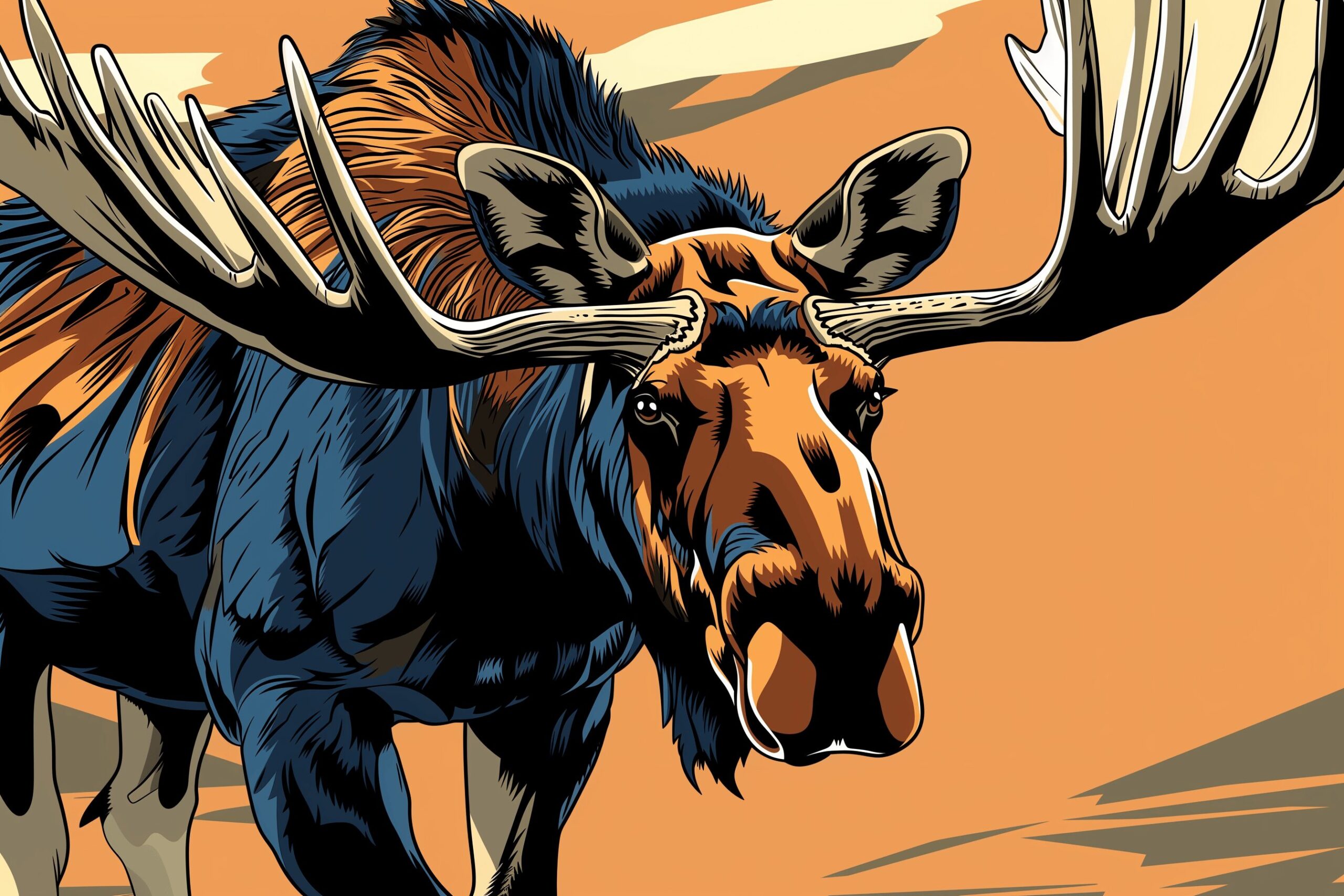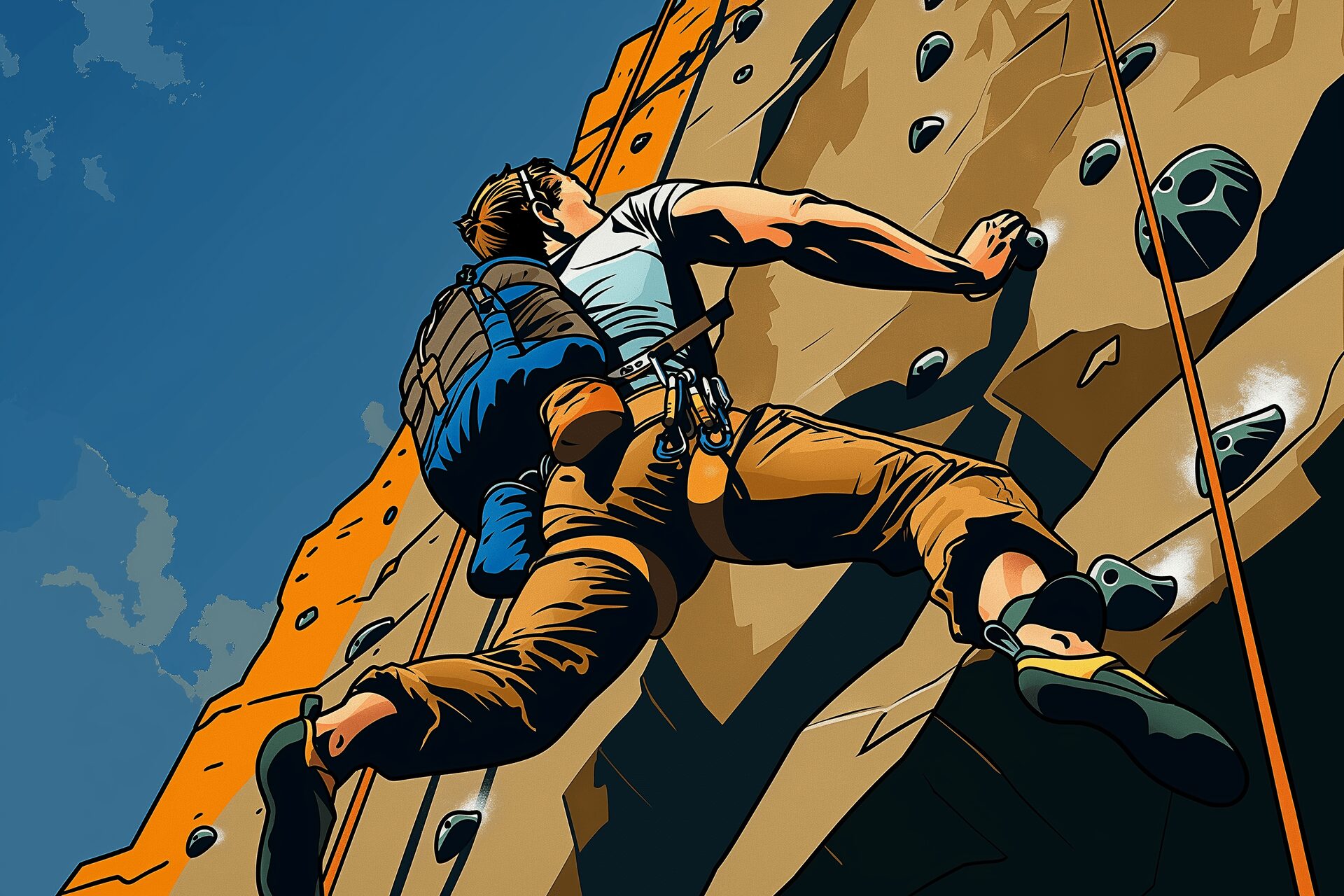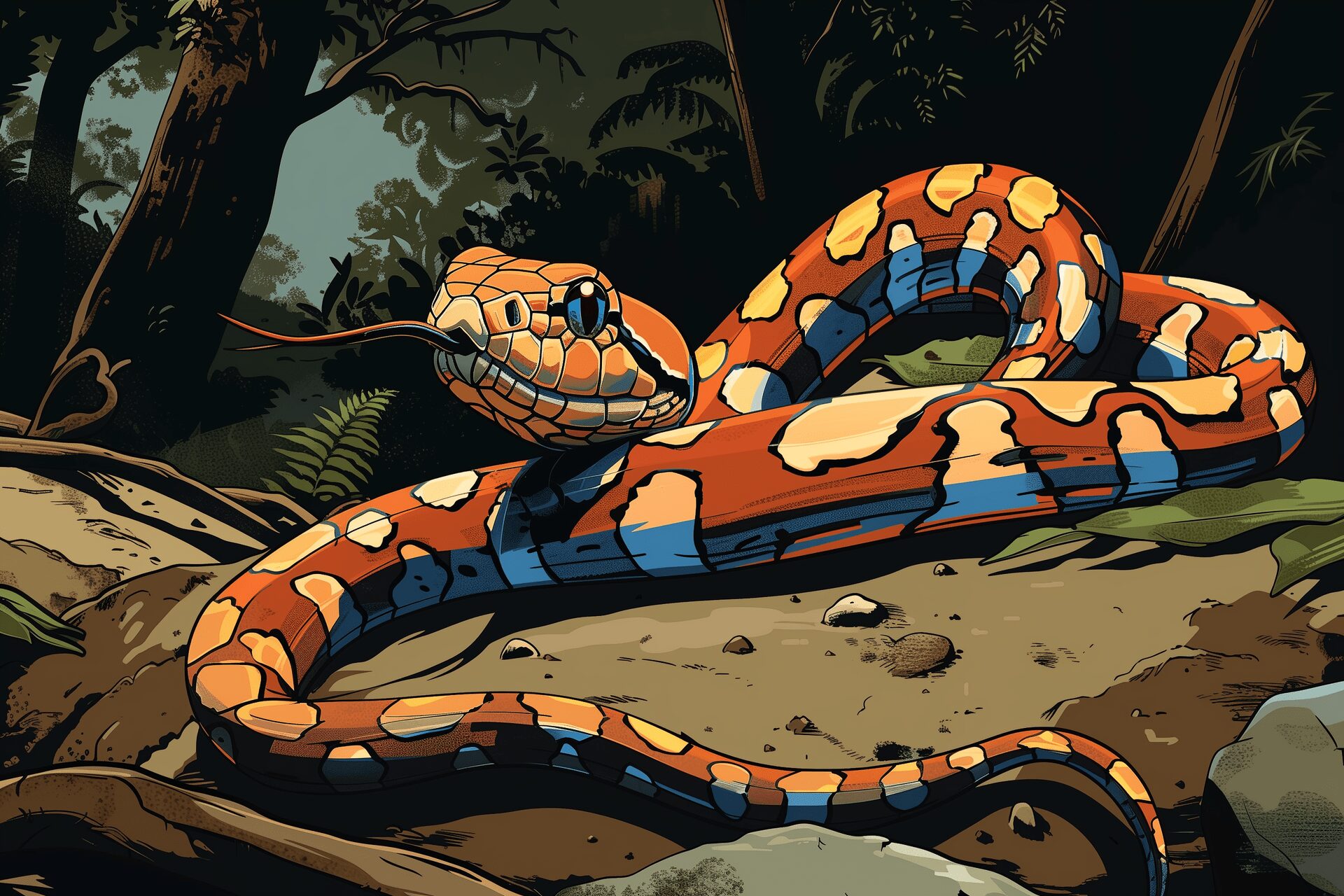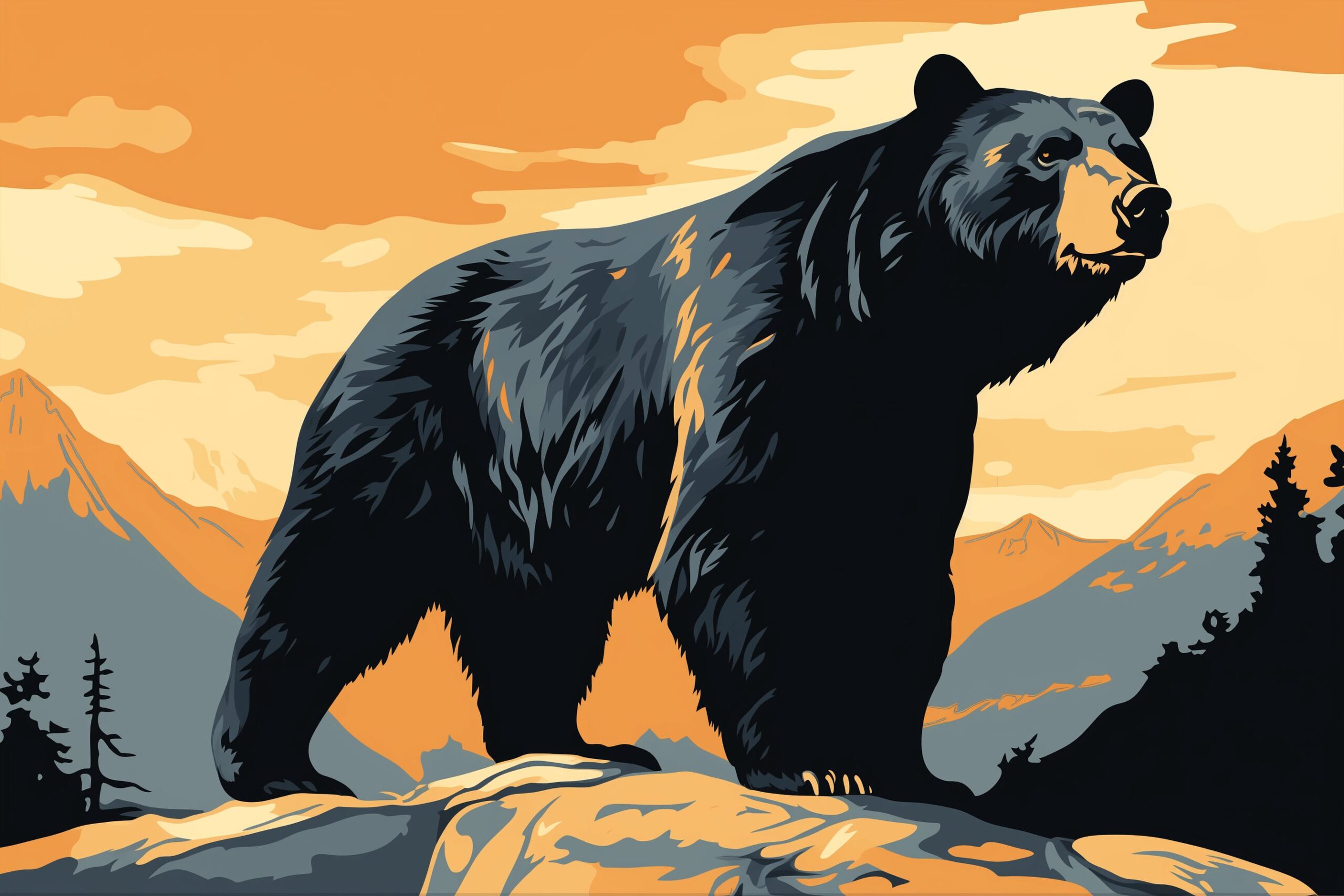
As an Amazon Associate, Modded gets commissions for purchases made through links in this post.
Although bear attacks are rare, you must be familiar with their behaviors and signs of aggression. A bear encounter can either go well or turn sour, depending on the bear’s mood and situation. The number one rule is to always observe and admire from a distance. And if the bear comes to you you? You will be glad you know exactly what to do if a black bear approaches you.
Here is a step-by-step guide on safe bear encounters:
Step 1: Identify the bear
Before the bear gets too close, you must do a quick ID. This determines your next actions if it moves closer or feels threatened and attacks – a rare occurrence but one you should be prepared for.
Considering grizzly bears are known to be 20 times more dangerous than black bears, you need to know the right thing to do. The general rule for bear encounters is, “If it’s black fight back, if it’s brown (grizzly) lay down”. A black bear will leave you alone if it feels threatened, while a grizzly bear will leave if there’s no threat.
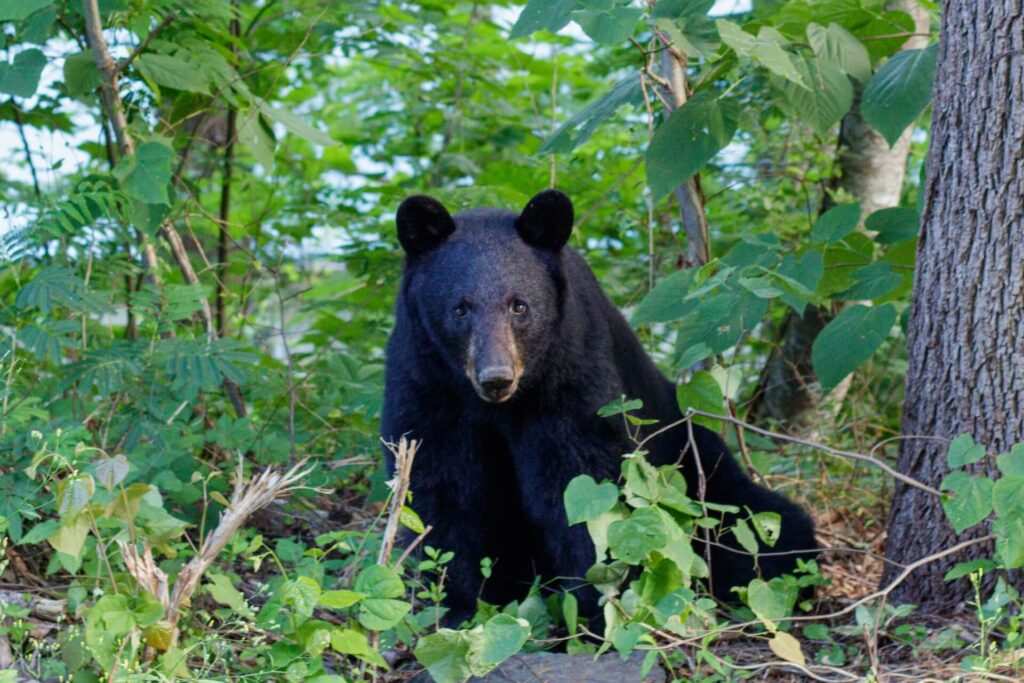
Although they are called black bears, you have to look for other signs besides the color of the fur. Black bears can be brown, blond, cinnamon, blue-gray and even white.
The main difference between a black bear and a grizzly is the shoulders. Grizzlies have a hump and black bears don’t, they’re more round and curvy.
A grizzly bear looks slightly more predatory* than a black bear. They have a dished, distinct shape with a longer-looking nose compared to black bears with a round cuddly face and a straight nose.
Step 2: Assess the situation
So it’s a black bear. What now? First, you should know that black bears are naturally timid and would rather flee before attacking. Rather than looking to attack, their concern is being attacked.
Your reaction to the situation depends on the bear’s behavior. Here are a few scenarios and behaviors to help you determine which bear is approaching.
Scenario #1: Curious bear
A curious bear may approach, sniff the air and stand on its hindlegs to explore what it sees or smells.
Scenario #2: Hungry bear
This bear found food near you or can smell food and wants a bite. When bears are in hyperphagia, the phase before hibernation, they will eat almost anything.
Sometimes, in fear, people throw food or items at bears to scare them off. This can get bears thinking that if you follow a human, they will give you food.

Scenario #3: Stalking Bear
When you try to move away, this bear will follow. She may attempt to hide from you but continue staring at and following you. You may hear small noises from the bear as she stalks you.
Scenario #4: Scared Bear
While a threatened bear may seem aggressive, they are only trying to communicate that they need space.
A scared bear may bluster or attempt a fake charge by running towards you then swerving away. This is common with mama bears. A bluster can look like jaw popping, teeth clacking, a pounce with a huff/exhale or slapping the ground. A hungry bear might also bluster in attempts to make you drop your bag or some food.
Scenario #5: Attacking bear
This bear may have been stalking you for a while. An aggressive bear will not make a sound. If he stares at you, flattens his ears and protrudes his lower lip, he is about to charge and attack.
Step 3: Act quickly
In all situations, give the bear some space. If you approach, you don’t know what the bear could do and it’s far better to assume the bear is dangerous. You should aim to get at least 90 feet between you and the bear.
Make slow movements. If you run, the bear might chase, and with a speed of 35mph, even Usain Bolt would struggle to outrun a black bear.
If your approaching bear is curious or scared, do the following:
- Speak calmly. Repeat ‘hey bear’.
- Back away slowly
- Leave the area

If your approaching bear is hungry, stalking or aggressive, you must make yourself look bigger. Your escape plan will look something like this:
- Say ‘Hey bear’ in a calm voice and back away.
- If the bear continues to follow you, stand your ground. Lift your arms and make yourself look big. Stand next to each other and raise your arms together if you are with one or two other people.
- Avert your eyes from making eye contact and move away sideways if possible.
- Make noise. Yell ‘hey bear’ and make it known that you are human. Yelling scares black bears away. You can also clap your hands or stick to make noise on the ground.
- If the bear continues to follow you and attempts to charge, stand your ground.
- You may need to defend yourself if the bear makes contact. Always fight back. Aim for the head with a stick, swing your backpack, or kick. Use bear spray if you have it.
Step 4: Prevent Future Encounters
There’s only so much you can do if the bear approaches in the woods or on a hike. Stay alert and watch for more bears.
If the bear came to your backyard or approached you at a campsite, the best you can do is to hide all the food. Black bears are usually just looking for food, especially in the fall before they hibernate. Keep your bear spray with your camping essentials, especially on a solo camping trip. Seal any food items and put them in your car or tight containers.
At home, remove attractants like trash, bird feeders or pet food from your backyard. You will also want to protect pets and animals by bringing them into the house or installing an electric fence.
Follow the Rules of Bear Fight Club
You will rarely need to fight a black bear. They are usually tolerant of people and less aggressive than other bears. Still, you should keep your distance. If the bear approaches you, back away slowly. And if it ever gets to a fight, remember: If it’s brown, lie down. If it’s black, fight back.
Stay up to date with the latest by subscribing to Modded Minute.
Author
Jack Shaw is a senior writer at Modded. Jack is an avid enthusiast for keeping up with personal health and enjoying nature. He has over five years of experience writing in the men's lifestyle niche, and has written extensively on topics of fitness, exploring the outdoors and men's interests. His writings have been featured in SportsEd TV, Love Inc., and Offroad Xtreme among many more publications.

